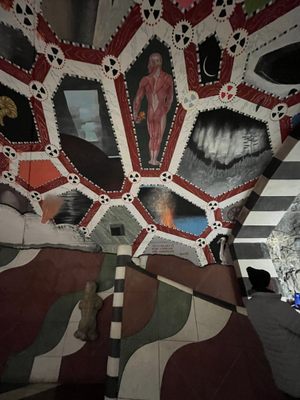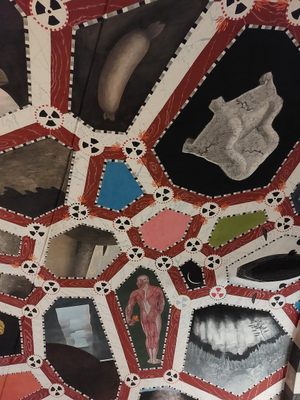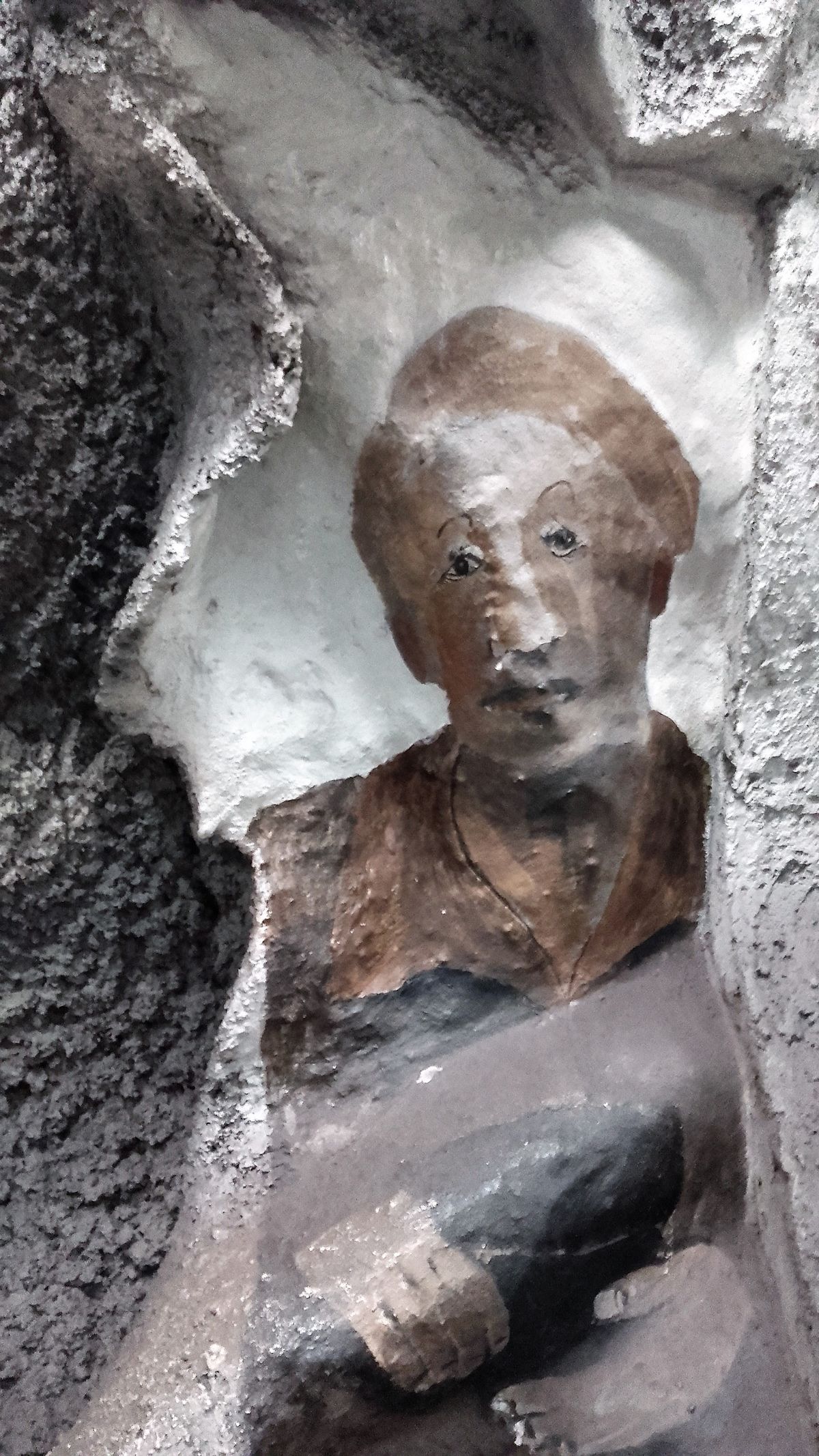About
Beneath Stockholm runs one of the world's most beautiful subway systems. Since the 1950s, the majority of the stations have been decorated with paintings, art installations, sculptures and mosaics created by more than 150 artists. The Kungsträdgården station is not only one of the most impressive artistically, it is also the deepest and, as researchers have recently discovered, home to its own self-sufficient ecosystem.
The Kungsträdgården metro station was opened in 1977 after considerable controversy. Throughout the 1950s and 1960s, large swaths of central Stockholm were being demolished and replaced with modern buildings. Stockholmers were seriously fed up with all this construction, and when plans to build the new Kungsträdgården subway station were announced, things got heated.
The planned entrance to the new station was to be located in a park and would require cutting down a number of old elm trees. Protests ensued, people chained themselves to the trees, and the demonstrators clashed with police. The residents won, however, and the planned entrance was moved to a less objectionable location.
Since then, all kinds of good things have been happening 112 feet below ground in Kungsträdgården station. Visually, it is one of the most striking stations below Stockholm. Sections of exposed rock reach up to arched ceilings decorated with colorful mosaics. Original artworks hang from or are painted directly onto the walls. Relics from some of the old houses torn down during the redevelopment of central Stockholm also appear in the station: old statues, intricately carved columns, old water fountains, and more.
Further reflecting the above-ground history of the area are replicas of the statues that once existed on the grounds of Makalös Palace, a magnificent mansion and gardens that once occupied the area now above the station, but was destroyed by a fire in 1825.
Kungsträdgården has also become famous for an altogether less obvious feature. Since its construction, the station has developed its own self-sufficient ecosystem, with organisms more commonly found in caves and grottos than in subway systems. In 2012, while the station was closed for rail work, a team of researchers went to take samples from the naked granite walls. They soon found a whole array of life, from crane flies to rare moss and tiny insects and worm-like animals.
Most surprisingly, they also discovered a rare cave dwarf spider, Lessertia dentichelis, which shouldn't even exist in northern Europe. It's believed the 3-millimeter arachnid hitched a ride on construction equipment brought from central Europe during the construction of the subway. Later, in 2016, scientists also discovered a previously unknown fungus on the station walls.
The ecosystem is fed by the station's artificial lighting, as well as the chalk that drips down from the humanmade ceiling. Even the passengers who walk through the station each day provide a constant source of energy-rich molecules, such as hair and other human detritus.
Related Tags
Know Before You Go
Kungsträdgården station is located in the Norrmalm district. It is the end station of lines 10 and 11 of the Stockholm metro.
Published
August 16, 2018






































































